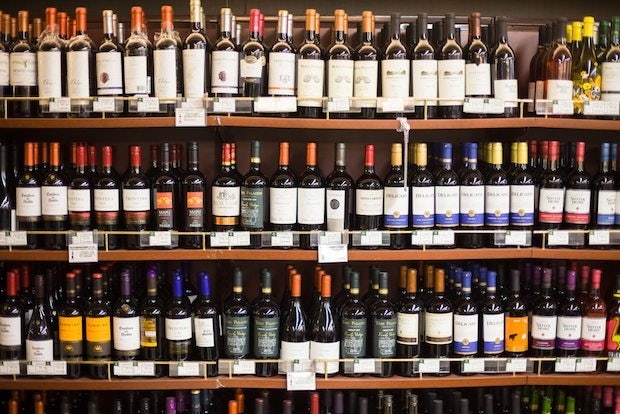
Despite an import increase in 2015, China’s wine market is still adjusting to austerity as it continues to be hit by the country’s economic slowdown and anti-corruption campaign, according to new research by Vinexpo.
A study released by the wine market research firm last week finds that Chinese wine drinkers consumed 131.9 million 9-liter cases of red wine in 2015, a number that is 7 million cases less than 2014 and 16.8 million less than 2013.
This decline occurred even though Chinese customs figures for the first nine months of 2015 indicated that wine imports rose by 38.7 percent in volume to 297.7 million liters and by 34.7 percent in value to $1.4 billion. French and Australian wines dominated the import market, with French wine imports increasing by 36.1 percent in volume and 34 percent in value to equal $623 million, while Australian imports grew by 83.6 percent in volume and 58.7 percent in value.
Despite their recent gains, import levels remain below those of the pre-austerity era, and experts are not expecting a full China wine market recovery in 2016. According to a prediction the recent China Wine Report by Mintel Group Ltd, prices and retail values will continue to shrink in the coming year. And although imported bottles are seeing a high growth rate, many are taking the place of domestic wine, which Vinexpo says is seeing a “sliding” market share.
The slump is being driven in large part by government austerity, according to experts. In addition to the hit the wine market has taken from the ongoing anti-corruption campaign, its growth was also artificially inflated by Chinese government stimulus money in 2008. According to an op-ed in Decanter China by Li Demei, an associate professor of Wine Tasting and Enology at Beijing Agriculture College, the rapid growth of the market during that time “was not fully supported by real market needs, and as soon as the central government changed its policies, many distributors dropped off from the market.”
According to Mintel, the market is poised for a greater recovery starting in 2017, with a prediction that it is poised to grow at 5 percent annually from then until 2020. While red wine has long dominated the market, white and sparkling wines are expected to contribute to a higher market share after red wine has lost 4.9 percentage points in the past five years.
Experts believe the category with the most potential amidst these market conditions is mid-priced wine as opposed to high-end labels from the boom era. According to China customs data, the average price of China’s imported wine has been declining since 2013, with many new distributors selling cheaper wine in bulk through online shops. As China’s growing middle class gains more interest in wine and the anti-graft campaign rages on, many businesses that previously focused on top-tier wines are shifting there selections toward more mid-range options to cope with the new market conditions.